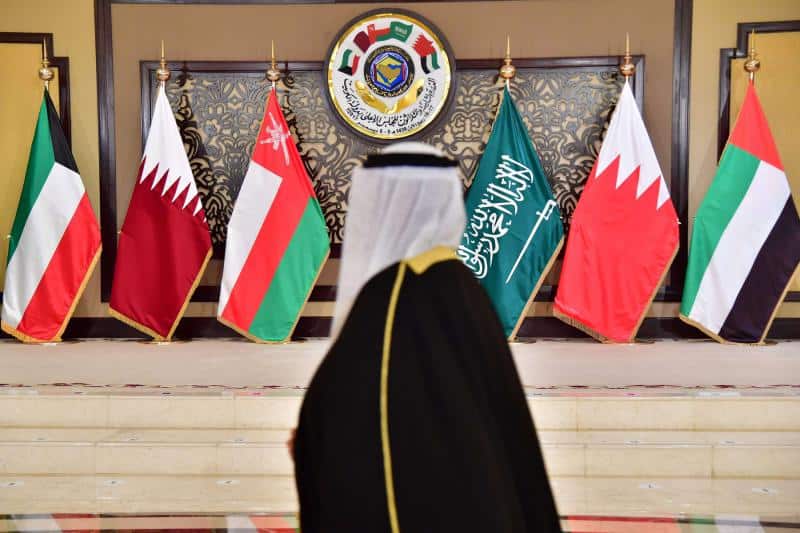Dubai, UAE – Six years after imposing a comprehensive blockade on Qatar, Saudi Arabia, the United Arab Emirates (UAE), and Bahrain have nearly restored ties with the country. However, underlying tensions persist, as changing dynamics in the Middle East drive competing foreign policy priorities. These unresolved issues have the potential to disrupt the region and impact conflict zones where Gulf states are actively engaged, concludes an analysis by Crisis Group, an independent non-governmental organisation that works to prevent wars and shape policies that will build a more peaceful world.
The roots of the Gulf dispute stemmed from Qatar’s foreign policy, which was viewed as a threat by Saudi Arabia, the UAE, Bahrain, and Egypt. The quartet governments, closely aligned with the then Trump administration’s anti-Iran and anti-Islamist policies, imposed thirteen demands on Qatar as a condition for lifting the blockade.
As the regional landscape shifted, more so, after Trump lost power in November 2020, Saudi Arabia realized that it could not continue a confrontational approach towards Iran without reliable backing from the United States. It also recognized that ongoing instability in the Gulf could undermine its ambitious economic diversification agenda, Saudi Vision 2030. Consequently, Riyadh initiated a change in approach and brought the adversaries together in Al-Ula in January 2021, resulting in the agreement to end the blockade.
“Riyadh and Abu Dhabi each started reaching out quietly to Iran in 2019, and then undertook more formal bilateral dialogues,” argues senior analyst Anna Jacobs in her commentary for Crisisgroup. “Today, all the Gulf Arab states are pursuing a dual policy of containment and engagement with Iran, with the exception of Bahrain, and have resumed full diplomatic relations with Tehran.”
But while the Al-Ula agreement has reduced some tensions, it has given rise to new rivalries and competition. The UAE and Saudi Arabia, Jacob’s contends, have engaged in economic competition, with Saudi Arabia aiming to surpass the UAE as the Gulf’s top tourist and investment destination. Similarly, energy policy differences have also emerged, and both countries are vying for political and economic influence in the Red Sea basin.
“With their diversification drive, the Saudis have their eye on dethroning the UAE as the Gulf’s top tourist and foreign investment destination,” the Crisis Group commentary explains. “The Saudis made this objective clear when they announced their Project HQ initiative in early 2021: Riyadh told foreign companies they would have to move their regional headquarters to the Saudi capital by 2024 if they wanted to continue doing business with the kingdom. The move is particularly harmful to Dubai, where many such companies are based at present.
These intra-GCC competitions are believed to have also impacted conflict mediation efforts. Saudi Arabia and Qatar have sought to extend their political influence by engaging in mediation efforts in Africa, while the UAE and Qatar have competed over mediation in Afghanistan. Disagreements have also arisen within the GCC regarding the rehabilitation of the Syrian regime and Syria’s re-entry into the Arab League.
“Saudi Arabia opted not to attend the meeting of Arab leaders in Abu Dhabi in January 2023, while the UAE sent lower-level representatives to a series of gatherings in Riyadh, including the China summit in December 2022 and the Arab League summit the following May,” the commentary pointed out.
An Emirati political scientist is quoted to have told Crisis Group: “Before 2021, Saudi Arabia and the UAE were on the same page 90 per cent of the time. Since then, it has been closer to 70 per cent”.
Jacobs also refers to the ongoing one-upmanship between the UAE and Qatar in Afghanistan.
“The UAE and Qatar have been actively competing over mediation efforts in Afghanistan since the Taliban took power in 2021. Both have tried to establish themselves as the primary arbiter between the Taliban and outside actors,” says the commentary. “At first, Qatar came out on top. But in mid-2022, an Emirati company won the rights to manage Kabul’s airport, beating out a joint Turkish-Qatari bid, dealing a blow to Doha’s influence with the Taliban.”
Similarly, the Saudi push to bring the Syrian dictator, Bashar al-Assad, “in from the cold” has likewise revealed intra-GCC disagreements, with Qatar being one of the prominent countries to express its reservations.
While the four-year blockade of Qatar may be over, deep-seated fault lines remain, and new ones are emerging.
Without addressing these issues through high-level dialogue, there is a risk that rivalries and conflicts could reemerge, both within and outside the Gulf, the Crisis Group recommends.







